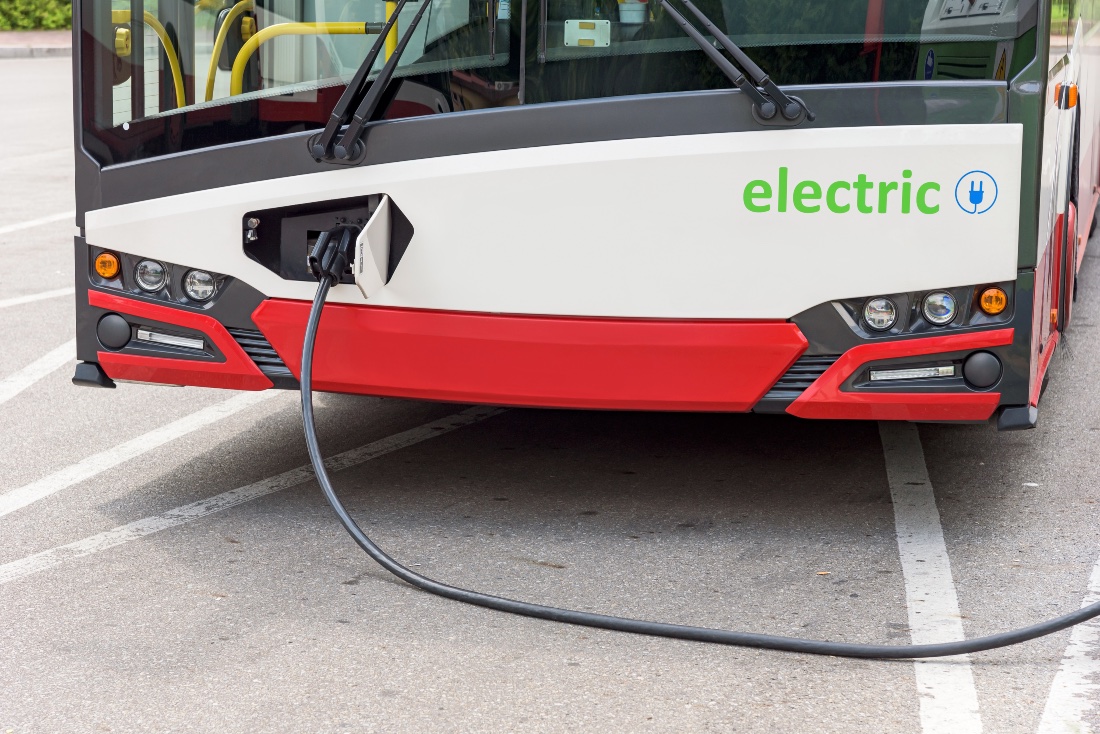What would we do without batteries? Throughout the 20th century, we have come to take them for granted as we use them to power our various devices: smoke detectors, portable radios, tape decks, our cars and machinery, devices used in more and more areas of modern life—even before the now ubiquitous cell phone arrived in the 1990s.
A battery is essentially a device—a small chemical reactor–that stores chemical energy that is converted into electricity that then flows through the device using the battery. Batteries have been with us for a long time. American scientist and inventor Benjamin Franklin first used the term “battery” in 1749 when he was doing experiments with electricity.
The first true battery was invented by the Italian physicist Alessandro Volta in 1800. One of the most enduring batteries, the lead-acid battery, was invented in 1859 and is still the technology used to start most internal combustion engine cars and other machinery today. It is the oldest example of a rechargeable battery.
Then came the lithium-ion battery. Engineer Akira Yoshino, physicist John Goodenough, and chemist Stanley Whittingham were awarded the 2019 Nobel Prize in Chemistry for the development of lithium-ion batteries. Why did this development merit a Nobel Prize?
“If a small and lightweight secondary battery, such as lithium-ion batteries, had not been put into practical use, the smartphones and PCs everyone uses now may never have become as small as they are. The distance that electric vehicles could run on a single charge would have been shorter, and the prospect of their practical application may not have been possible. Moreover, new tools such as drones, which are now expected to play an active role not only in video shooting but also in various fields such as patrolling from the skies and transportation of goods, may never have been created . . .
“With compactness and weight reduction that was too difficult to achieve with earlier versions, lithium-ion batteries made possible such a variety of tools as to change the structure of society.” The other outstanding feature of the lithium-ion battery, of course, is that it is re-chargeable, up to thousands of times, something that all cellphone users are acutely aware of.
Making the news occasionally, is the fact that Lithium-ion batteries can cause a fire that is difficult to put out—for example, an electric bike recently caught fire on a TTC subway car. Two important safety notes for owners of any device or vehicle that uses lithium-ion batteries follow:
• Avoid storing the batteries at high temperatures. Don’t leave your phone in a car under a hot sun or your laptop under a blanket. Try to park your EV in shade on a very hot day. (Not as big a problem in our area as it is in the southern U.S. and other hot climates.)
• Avoid completely draining the battery before re-charging and over-charging. Charge your device or EV before the battery drains down completely and stop charging before it reaches 100%. Make it a rule to charge between 20 and 80 percent of capacity.
While lithium-ion fires can be difficult to put out, the actual risk of fires is small, especially given the millions of batteries now in daily use. Properly stored and properly maintained, these batteries will last for thousands of charges without danger.
There are often concerns expressed about the disposal of such batteries. It would appear, however, that at least one Ontario company, Li-Cycle, has a process that effectively captures most of the material in the batteries—with, importantly, little impact on air and water.
“Li-Cycle’s patented and proven commercial Spoke & Hub Technologies enables up to a 95% recycling efficiency rate and returns valuable battery-grade materials found within lithium-ion batteries and battery manufacturing scrap into the supply chain. Additionally, our commitment to sustainability is core to our business of battery recycling and resource recovery, which uses technology to ensure our network of Spoke & Hub operations have an efficient environmental footprint. This includes processes that have minimal solid waste streams to landfill, zero wastewater discharge, and low air emissions.”
Battery technology is currently a very hot topic, with research into new types of batteries occurring at a torrid pace. The search is on for a battery that will be both cheaper and more effective than the lithium-ion battery, especially for use in electric vehicles (EVs).
The Toyota company, for example, is one of several companies working on a “solid state battery” that they claim, when used in EVs, would result in a range of 1000 kilometres and charge much more quickly than current EV batteries.
In addition, in some jurisdictions, as solar panels are multiplying on rooftops in subdivisions and communities, a type of community storage battery is also being explored, one that would take the electricity being generated from rooftop solar during the day and then feed that electricity back into the surrounding homes during hours of darkness.
The research is ongoing and the race for better electric car batteries is being called “the next gold rush.” Here’s what’s being researched: lithium sulphur batteries, EV batteries as structural components, carbon nanotube electrodes, cobalt-free batteries, zinc-air batteries, silicon anode batteries, a battery extracted from seawater, sand batteries. The future seems almost magic: charge your EV in five minutes, batteries that never die— or how about charging electric cars by wi-fi or over the air ultrasound charging?
Where will battery technology be in 2050? Where will our economy be? It appears we can look forward to a world wherein electricity will totally replace fossil fuels as the power source. It will not happen overnight—but it’s coming more quickly than anyone might have predicted.

